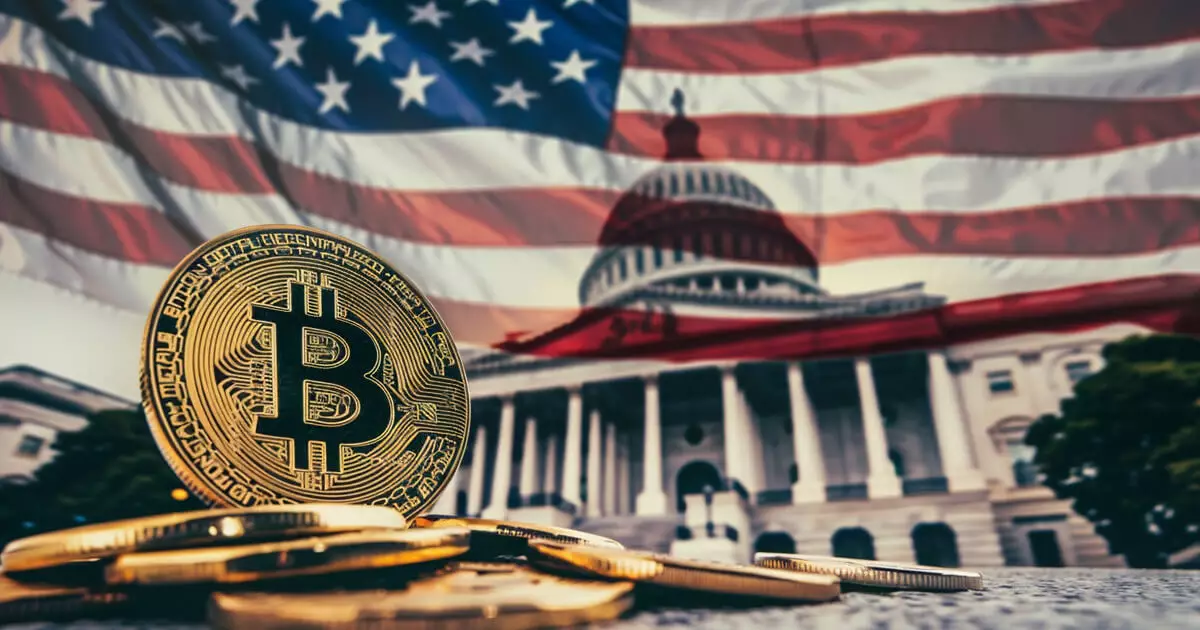In a rapidly evolving digital landscape, the intersection of technology and finance has sparked a complex conversation about cryptocurrency regulation. The recent establishment of a crypto working group under the leadership of White House official David Sacks signals a pointed move toward formalizing a regulatory framework. This initiative emerges from an executive order signed by former President Donald Trump, which aims to reevaluate how cryptocurrencies, particularly Bitcoin (BTC), are managed within the United States. Given the lack of a cohesive regulatory approach in the past, this group’s formation represents an important development for both innovators and investors in the digital asset space.
Sacks has highlighted that the previous administration years were dominated by regulatory ambiguity, prompting many crypto enterprises to look beyond U.S. borders for clearer, more supportive environments. This exodus of innovation has implications not only for the tech economy but for national security and economic leadership in the global digital economy. A structured regulatory environment that distinguishes compliant businesses from fraudulent actors is a crucial step for reclaiming that innovative potential.
The working group plans to collaborate with the Securities and Exchange Commission (SEC) to create a comprehensive federal regulatory framework for digital assets, specifically focusing on stablecoins. The significance of this collaboration cannot be overstated; it directly addresses concerns from the industry regarding unequal treatment and opaque compliance standards. By bridging the gap between regulators and the crypto industry, the aim is to cultivate a space where innovation can thrive under clear legal standards.
Stablecoins, which are often pegged to traditional assets like the U.S. dollar, play a pivotal role in establishing a secure framework for digital transactions. Recent comments from senators such as Tim Scott reflect an urgent desire to enact legislation surrounding stablecoins within the first few months of the new administration, emphasizing the importance of these digital currencies in reinforcing the U.S. dollar’s standing as the world’s reserve currency. The introduction of the Clarity for Payment Stablecoins Act of 2024 exemplifies this intent and highlights the necessity of a structured legal landscape for stablecoin issuance and management.
Fundamentally, the proposed legislation defines clear standards for stablecoin claims, mandating that issuers maintain one-to-one reserves using U.S. assets. This requirement aims to instill confidence among investors and promote national financial stability. Transparency hinges on monthly disclosures and regular audits, which would mitigate risks associated with potential mismanagement and bolster consumer confidence.
The new bill marks a significant moment in U.S. cryptocurrency policy, potentially reshaping how digital currencies are viewed and regulated. By classifying payment stablecoins separately from securities, the legislation provides a breathing space for market players, particularly smaller issuers who may initially choose to operate under state-level regulations. Should their market influence grow, transitioning to federal oversight will be a requisite, thereby creating a scalable framework for growth and accountability.
Customers’ protection is also a central theme of the new measures, asserting that custodians must safeguard consumer assets and uphold rigorous operational standards. As the sector faces ongoing scrutiny from regulatory bodies, the push for defined customer protections could facilitate a more stable environment conducive to investment and growth.
In tandem with these legislative efforts, the SEC has officially launched its first dedicated crypto task force, led by Commissioner Hester Peirce, who has long been an advocate for a more sensible regulatory approach. This task force aims to tackle existing inconsistencies in the regulatory landscape, striving to carve out a balanced framework that prioritizes investor safety without stifling innovation. This dual focus reflects the need for an adaptable regulatory model that can evolve alongside rapidly changing technologies.
The challenge of defining the security status of various crypto assets is at the forefront of the task force’s agenda. This includes a review of token offerings, exploration of custody solutions, and further examination of crypto-lending and staking programs. To successfully navigate this labyrinth of regulations, the SEC’s task force will depend on input from industry stakeholders and lawmakers to ensure its framework remains relevant and effective.
The initiatives propelled by the crypto working group and SEC’s task force reflect a burgeoning recognition of the importance of cryptocurrency and digital assets in modern finance. As the U.S. considers its regulatory posture, establishing clear guidelines will be critical not just for fostering innovation, but also for positioning the nation at the forefront of the evolving digital economy. The effectiveness of these measures will ultimately hinge on collaboration among stakeholders and a commitment to a regulatory framework that balances safety, innovation, and growth.

